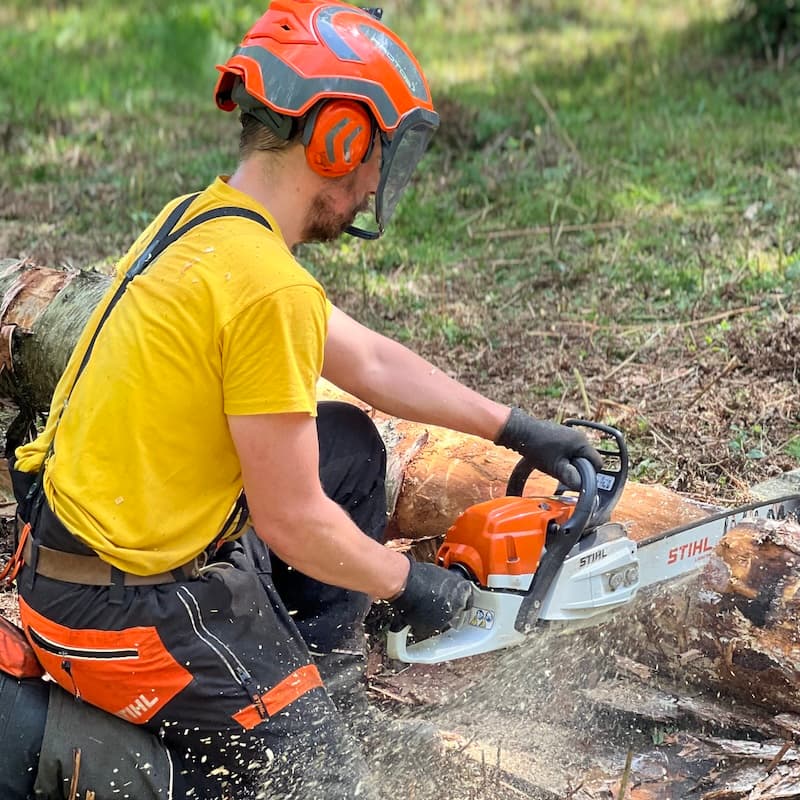

I'm Jamie Curle. I live in Northumberland, UK. I write code, work woodland and manage both.
My proudest achievement was making myself redundant — scaling SoPost's engineering organization from 4 to 30+ people, then systematically distributing my responsibilities until the team could thrive without me. My first hire became Product Director, and my fourth hire was promoted to CTO when I transitioned to CIO to wrap up my responsibilities. They're exceptionally talented individuals — my job was simply creating the conditions for them to thrive. That's what good leadership looks like.
I believe in servant leadership: always do the hard things first, develop others before yourself, and measure success by how well your team performs when you're not there. Whether it's formal teaching methodology (PGCE Adult Learning), operational excellence (ISO27001 Lead Implementor), or scaling technical systems to support £12M revenue growth, I optimize for sustainable impact over personal recognition.
The Journey Back to Engineering Leadership
They say the best time to plant trees is twenty years ago. The next best time is today. So after nine years building SoPost from startup to scaleup, I took a strategic three year sabbatical. Not because I was burned out with tech, but because I'd accomplished what I set out to do at the time. I'd proven I could scale teams, implement enterprise systems, and deliver commercial results. However, in twenty years I'll be tickling seventy and so I knew it was now or never to properly setup the autumn and winter years of my life. Think of it like an activity pension.
So I spent two years studying woodland management and arboriculture and then one year teaching it. There's no better way to cement knowledge than to teach and so that year teaching did wonders for my arboricultural knowledge and my teaching practice. I'd held teaching qualifications since 2010 but I'd always taught in subjects I was familiar with: Django, Python, command line, HTML/CSS etc etc. However, this time it was all a new subject and in a proper classroom environment in an FE college. That year teaching was one of the hardest things I've ever done. Yes, harder than being CTO in some senses, whilst at the same time tree work (especially aerial work) challenges who you are and what you're capable of (heights, risk, death etc), but combined with teaching It taught me that I underestimate myself and can handle challenges much bigger than I think I can. Things that used to send shivers up my spine as CTO, I now see them as challenges and I want to embrace that and return into an EM role with space for me to grow.
What I Learned in the Woods
Those three years weren't time away from engineering — they were advanced systems thinking. Watching a woodland ecosystem deploy and sustain itself taught me about resilient architecture in ways no tech conference could. In natural systems, bugs are features, decomposition is growth and done right, human intervention is additive not substractive. It doesn't matter what you plant if the soil isn't the right type, it just won't grow. But by far the most important thing woodlands teach us is that the most optimal systems require little, if any, intervention. That's where design comes in and nature figured that out millenia ago. Getting these concepts accross in a non-patronising, yet technically compentant manner is a forte of mine and that's where my teaching comes in.
This perspective changes how I approach technical leadership. I design systems that can evolve, teams that can self-organize, and processes that improve sustainably leveraging natural dynamics rather than process for process sake. But just like woodlands and soil, all teams are unique and there's no one size fits all. You have to observe, make a plan, implement it and check your results - objective and subjective.
The Balance
When I grow tired of sitting still after a week at a desk, I get myself into the woodland (and when my joints and muscles have stopped aching) for a hard weekend of deeply physical woodland management work. That sets me up nicely for a stretch working at a desk. It's a lovely balance; my own personal night and day. It's a system that requires little, if any, intervention. It works for me to bring about continual development in all of my practices (leadership, engineering, teaching, arboricultural) and gives me a unique perspective on both.
And yes, if you ask nicely, I will come and work your tree (as long as the planning permission is place). I hold all the tickets to do that. But you're moving the waste. I will however take the wood if the wood is good. I can mill it up in boards, dry them out and then use it to make furniture in my workshop. I'm really into that kind of woodworking.